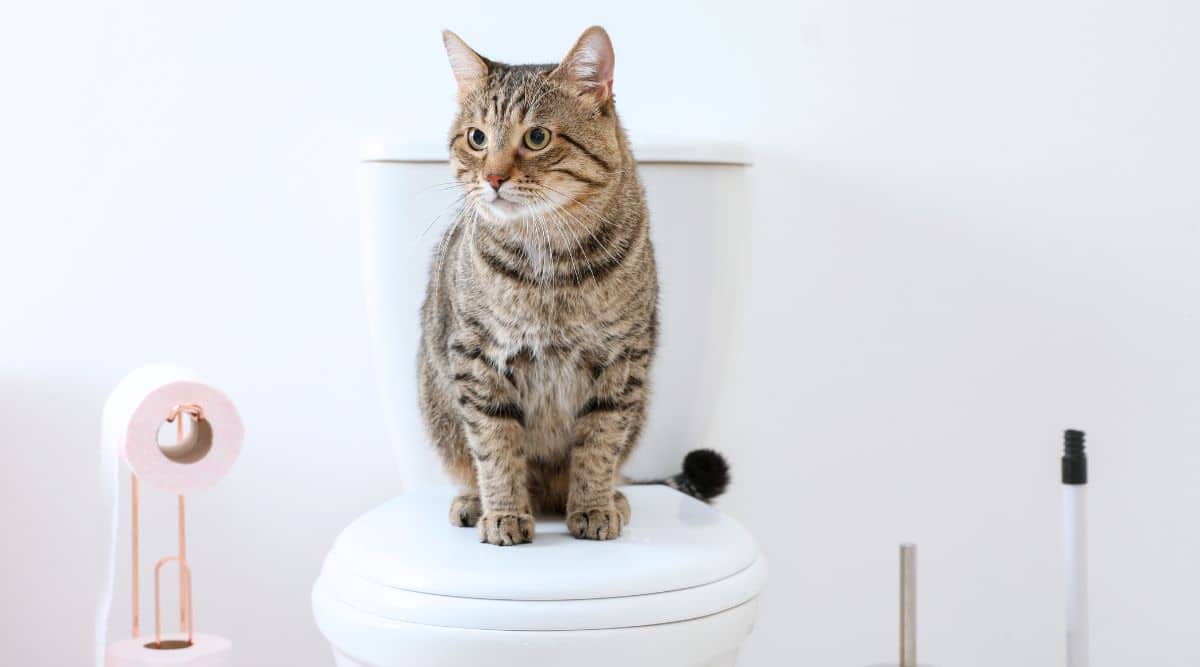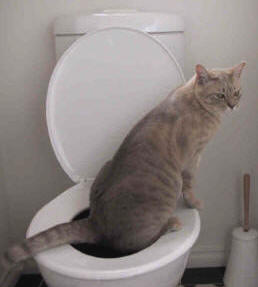We have uncovered this great article on 4 Reasons Why Dog Poop Cleanup is Important directly below on the web and felt it made sense to relate it with you over here.

When it comes to disposing of waste, particularly animal waste, many individuals usually resort to the convenient option of flushing it down the commode. However, this seemingly simple option can have severe consequences for the setting and public health. In this article, we'll explore why flushing pet waste down the commode is a negative concept and offer different methods for proper disposal.
Intro
Correct garbage disposal is crucial for keeping environmental sustainability and public health. While it may seem harmless to purge animal waste down the commode, it can result in different problems, both for the atmosphere and human wellness.
Threats of flushing animal waste
Ecological effect
Purging pet waste presents unsafe microorganisms and virus right into waterways, which can negatively affect marine ecological communities. These microorganisms can infect water sources and injury aquatic life, disrupting fragile ecosystems.
Public health concerns
Pet waste contains damaging microorganisms such as E. coli and Salmonella, which can present severe health risks to human beings. Purging pet waste down the toilet can infect water materials, bring about the spread of conditions and infections.
Alternatives to flushing
As opposed to purging pet waste down the toilet, there are a number of alternative disposal approaches that are much more environmentally friendly and hygienic.
Composting
Composting pet waste is an eco-friendly way to dispose of it. By composting, raw material is broken down right into nutrient-rich soil, which can be made use of to fertilize yards and plants.
Garbage dump disposal
Dealing with pet waste in a garbage dump is one more alternative. While not as environmentally friendly as composting, it is a more secure choice to flushing, as it avoids the contamination of water resources.
Animal waste disposal systems
There are customized animal garbage disposal systems offered that safely and hygienically take care of pet waste. These systems frequently make use of enzymes to break down waste and eliminate odors.
Steps to appropriate animal garbage disposal
To guarantee correct disposal of pet waste, adhere to these actions:
Scooping and nabbing waste
Consistently scoop and bag animal waste utilizing naturally degradable bags. This avoids waste from contaminating the atmosphere.
Making use of marked waste containers
Dispose of bagged animal waste in marked waste bins, such as compost containers or garbage dump bins. Stay clear of flushing it down the bathroom at all expenses.
Cleaning can and pet locations routinely
Regularly clean can and animal areas to avoid the buildup of waste and germs. Usage pet-safe cleansing products to preserve hygiene.
Benefits of appropriate disposal approaches
Adopting proper disposal methods for pet waste supplies several advantages:
Decreased environmental pollution
Appropriate disposal approaches minimize the risk of environmental pollution, shielding rivers and environments from contamination
Minimized danger of water contamination.
By staying clear of flushing pet waste down the commode, the threat of water contamination is considerably decreased, guarding public health.
Enhanced hygiene and health
Correct disposal approaches promote much better hygiene and hygiene, creating a much safer environment for both human beings and pets.
Final thought
In conclusion, purging pet waste down the toilet is unsafe to the environment and public health. By adopting different click here disposal methods and complying with correct waste management methods, we can reduce the unfavorable effect of animal waste and add to a cleaner, much healthier earth.
What To Do With Dog Poo – The Do's And Don'ts Of Disposing Of Faeces
Dog poo bins
Some councils provide dedicated dog waste bins in popular dog-walking areas that can take dog poo that has been bagged but you can legally dispose of dog waste in any public litter bin, as long as it is securely bagged. This also applies to your wheelie bin at home.
Do not flush
Water companies do not recommend flushing dog faeces down the toilet because certain parasites can survive the water processing treatment and are potentially harmful to humans. You should also never consider flushing dog poo that has been bagged down the toilet as the bags will not break down and instead create severe blockages in the sewage system.
In the woods
The Forestry Commission promotes a ‘stick and flick’ method for dealing with waste in the woods. This means finding a stick and using it to flick any poo from off the path so that it is out of the way of other walkers. You could also bury it as long as it is not in an area where there might be livestock.
Livestock
Parasites found in dog poo can be transmitted to livestock if they inadvertently eat infected faeces that has been left on grazing land. This could result in the death of sheep or abortion in cattle so you should always make sure you pick up your dog’s waste in fields where livestock could be present.

Regularly clean can and animal areas to avoid the buildup of waste and germs. Usage pet-safe cleansing products to preserve hygiene.
Benefits of appropriate disposal approaches
Adopting proper disposal methods for pet waste supplies several advantages:
Decreased environmental pollution
Appropriate disposal approaches minimize the risk of environmental pollution, shielding rivers and environments from contamination
Minimized danger of water contamination.
By staying clear of flushing pet waste down the commode, the threat of water contamination is considerably decreased, guarding public health.
Enhanced hygiene and health
Correct disposal approaches promote much better hygiene and hygiene, creating a much safer environment for both human beings and pets.
Final thought
In conclusion, purging pet waste down the toilet is unsafe to the environment and public health. By adopting different click here disposal methods and complying with correct waste management methods, we can reduce the unfavorable effect of animal waste and add to a cleaner, much healthier earth.
What To Do With Dog Poo – The Do's And Don'ts Of Disposing Of Faeces
Dog poo bins
Some councils provide dedicated dog waste bins in popular dog-walking areas that can take dog poo that has been bagged but you can legally dispose of dog waste in any public litter bin, as long as it is securely bagged. This also applies to your wheelie bin at home.
Do not flush
Water companies do not recommend flushing dog faeces down the toilet because certain parasites can survive the water processing treatment and are potentially harmful to humans. You should also never consider flushing dog poo that has been bagged down the toilet as the bags will not break down and instead create severe blockages in the sewage system.
In the woods
The Forestry Commission promotes a ‘stick and flick’ method for dealing with waste in the woods. This means finding a stick and using it to flick any poo from off the path so that it is out of the way of other walkers. You could also bury it as long as it is not in an area where there might be livestock.
Livestock
Parasites found in dog poo can be transmitted to livestock if they inadvertently eat infected faeces that has been left on grazing land. This could result in the death of sheep or abortion in cattle so you should always make sure you pick up your dog’s waste in fields where livestock could be present.

I ran across that content about Why you should never flush dog poop down the toilet while doing a search on the internet. Do you know about someone else who is serious about the topic? Why not promote it. Thanks for your time spent reading it.
Go Company